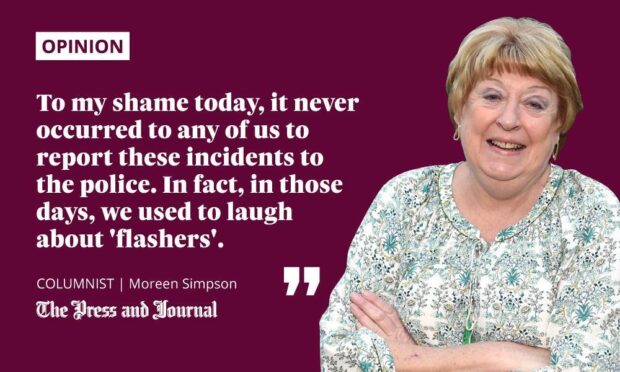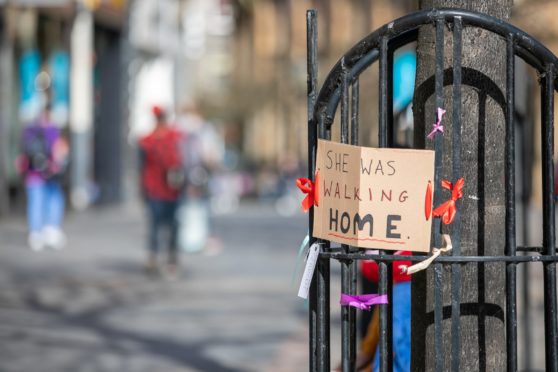An inquiry has been announced into the sickening Wayne Couzens case.
It will rightly focus on the “systematic failures” which allowed him to continue as a police officer despite major concerns about his behaviour, particularly allegations of indecent exposure – one only days before he kidnapped, raped and murdered Sarah Everard.
The inquiry will do nothing to take away her family’s excruciating pain, but at least it will throw light on how and why an officer with serious issues about his personality and conduct remained in his job, no questions asked.
 The case, along with the wider concern about the safety of women on our streets, has also prompted some uncomfortable heart-searching in me.
The case, along with the wider concern about the safety of women on our streets, has also prompted some uncomfortable heart-searching in me.
As a student at the end of the 1960s, I’d a holiday job with friends at the now long-gone filling station next to the Cocket Hat. No self-service then, drivers often sat in their vehicles until we filled the tanks then went to their doors for the money.
I’d estimate that about twice a month, some creepy sod would keep his window shut; we’d have to open the door and he’d be exposing himself. We weren’t scared, but disgusted and infuriated.
We told our manager – a wonderful, tough nut of a craiter – who’d out with their change and scream blue murder at the offenders. If she saw them again, she’d send them packing without petrol.
To my shame today, it never occurred to any of us to report these incidents to the police. In fact, in those days, we used to laugh about “flashers”. I squirm to think of it.
Harassment is not a normal part of life
About 10 years later, I left a meeting around 9.30pm to walk to my car parked near The Blue Lamp. On Broad Street, I was suddenly aware of a man walking straight towards me – exposing himself. In seconds he was by my side and bumped into me.
More angry than scared, I pushed him away, shouting furiously: “Get off me!” Fortunately my car was close so I walked fast to it, jumped in and locked the door. I told my husband when I got home, in an accepting, “that’s life” sort of way. Again, shamefully, never thought of reporting it to the police.
A very different story when I told my colleagues in the newsroom the next day. Every one urged me to report it, rightfully pointing out he might have done the same – or worse – that night, to younger girls without cars to protect them.
Within the hour, two policemen were at the office to interview me. I was taken to Queen’s Street to do a photofit of the guy. Great work by the cops, they managed to link my case to several other incidents in the area within weeks of each other, with similar photofits.
The good news is the potentially dangerous sex offender was caught and pled guilty, almost no thanks to me. I hope our police today treat such reports of flashers with the same urgency and thoroughness. And, for the sake of the safety of all females on the streets, I sincerely hope that the victims – unlike ignorant, irresponsible young me – report every incident.











